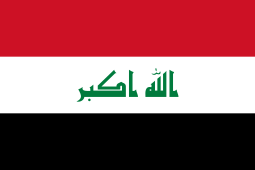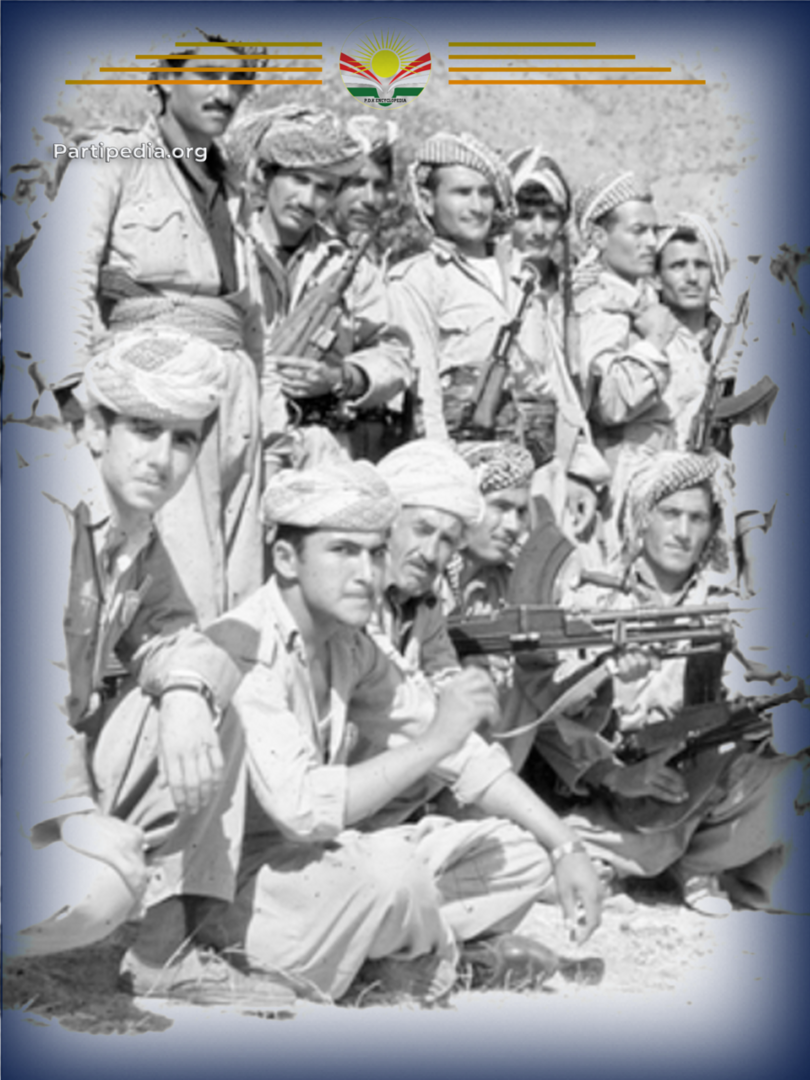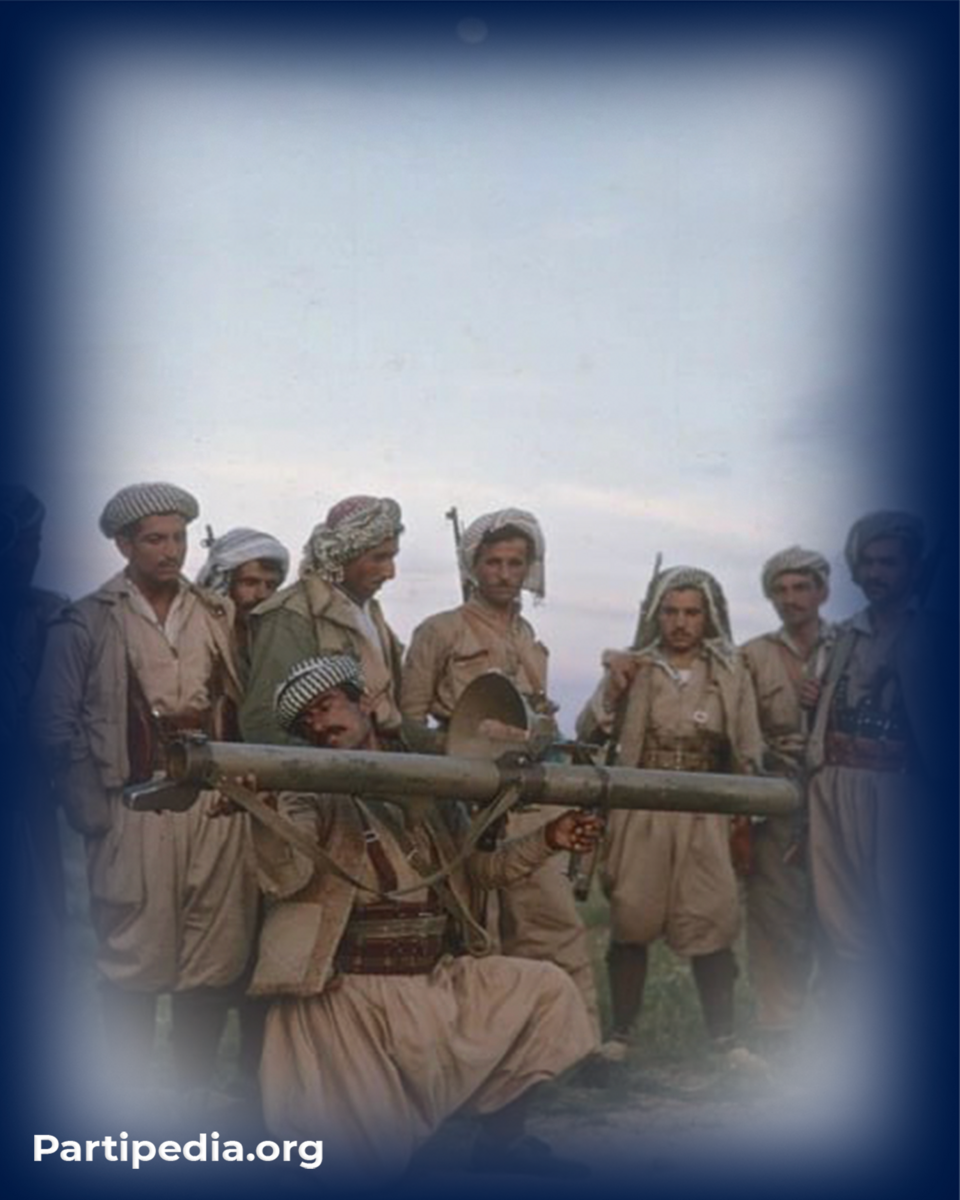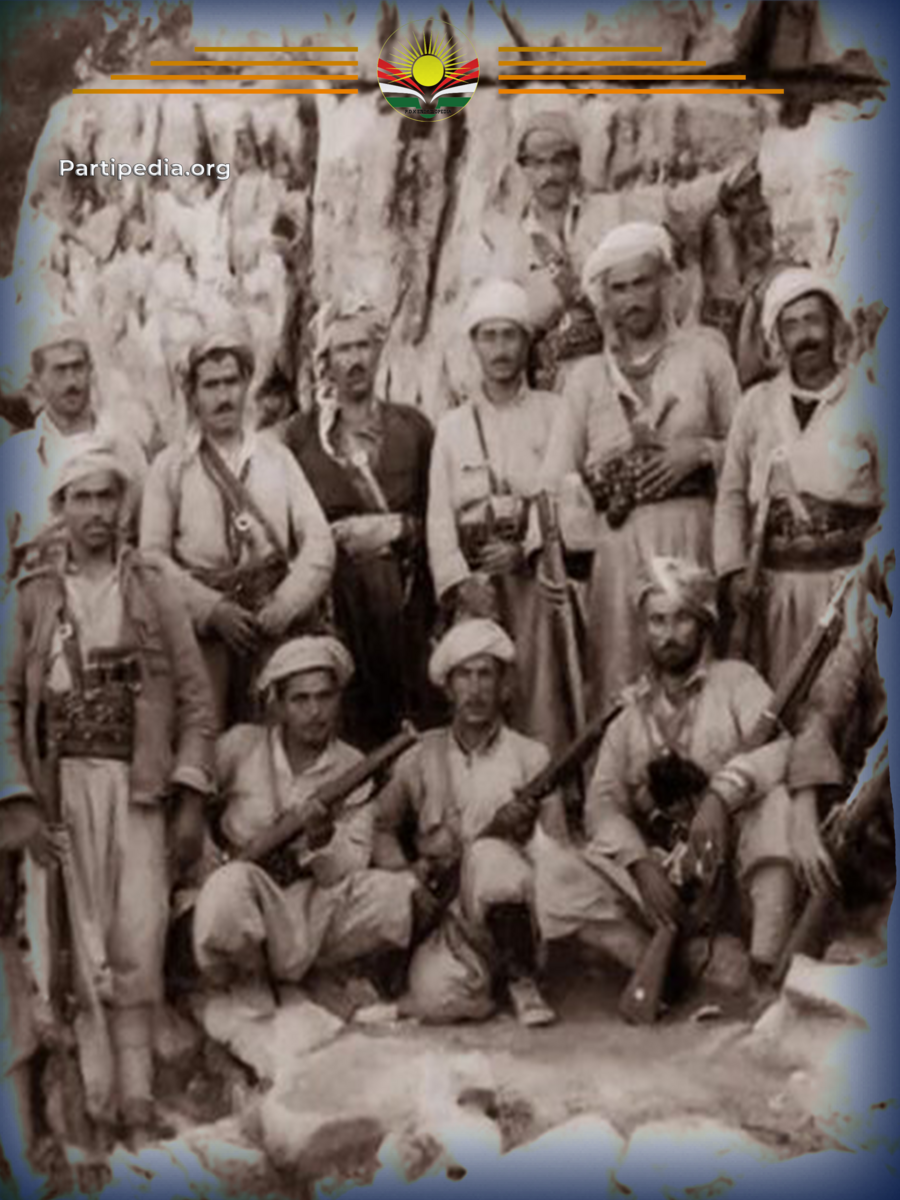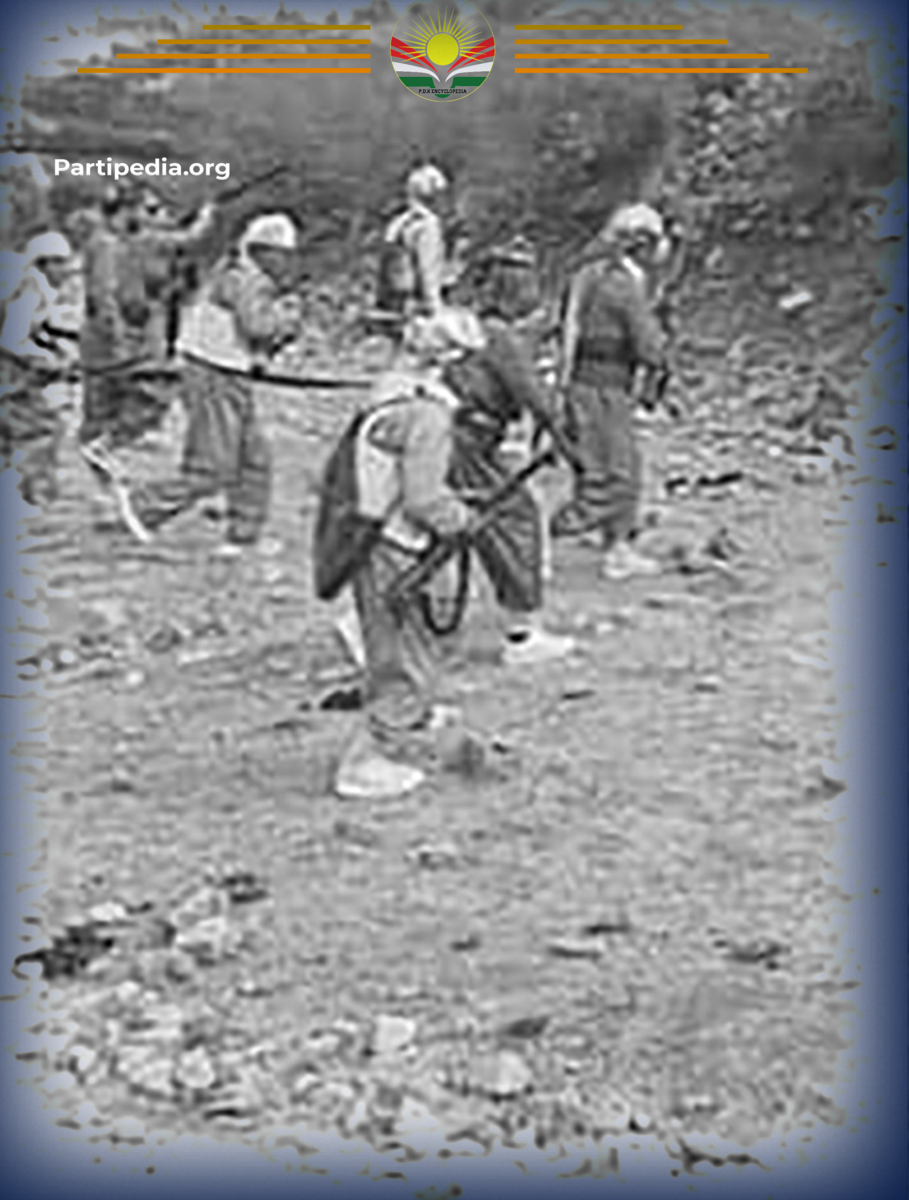The withdrawal and retreat of the Iraqi government from implementing the provisions of the March 11, 1970 agreement marked a significant shift in the region’s political landscape. Over the four years of negotiations, the Iraqi government had restructured itself militarily, rearming and reorganizing its army through its strengthened ties with the Soviet Union. This collaboration included signing a Friendship and Cooperation Agreement aimed at bolstering the Iraqi military to crush the Kurdish revolution. The Soviet Union, in turn, sought to leverage its investment in Iraq to solidify its influence in the Middle East.
In early April 1974, the Iraqi army strategically relocated its forces to Spilk before renewed clashes began, following the Peshmerga’s siege of the Hamiya military base in Ruandz. The Iraqi forces also stationed a brigade headquarters in the village of Ballak, located north of Geli Ali Beg, which was subsequently moved to the same area. On April 16, 1974, Mustafa Barzani, leader of the Kurdistan Democratic Party (PDK) and the September Revolution, ordered a surprise attack on the Spilk military base west of Khalifan town. The goal was to seize this strategic location. However, despite their determination, the Peshmerga forces were unable to succeed due to the Iraqi army’s formidable defense, superior numbers, and advanced weaponry. Conversely, another report suggested that the Iraqi government had launched an offensive in the challenging Spilk area, where an Iraqi brigade found itself encircled by the Peshmerga. After intense fighting, the Iraqi army managed to break the Peshmerga siege, allowing their two forces to converge in preparation for a major assault on Ruandz.
In response to the escalating threat, a battalion of Peshmerga forces under the command of Mirkhan Mohammed Amin was deployed to Sarchia, following intelligence about the Iraqi army’s movements in the area. Later in April, the 2nd Battalion of Zozk, commanded by Lieutenant Younis Rojbayani, was also directed to Sarchia to fortify the defensive lines. The Peshmerga forces were tasked with defending the Spilk-Khalifan main road, as the Iraqi army intended to advance toward revolutionary strongholds in Ruandz, Diyana, and Balakayety.
Earlier on the day of the 2nd Battalion’s arrival, the Iraqi army advanced along the Spilk-Khalifan road, engaging a stationed Peshmerga unit. Despite losing five fighters and suffering several injuries, the Peshmerga inflicted significant damage on the Iraqi forces, forcing their retreat. However, when Lieutenant Younis’s battalion reached the area after an exhausting journey, they were informed that there had been no recent developments regarding Iraqi troop movements. To their dismay, they discovered the next morning that the Iraqi army had already seized Sarchia. Consequently, the Peshmerga unit defending the Spilk-Khalifan road was ordered to relocate to Panasar, at the end of the Sarchia mountain range overlooking Khalifan. Soon after, a directive from the revolutionary leadership was issued to counterattack and reclaim Sarchia from the Iraqi army.
The Peshmerga began preparing for the counterattack, but their movements from Khalan-Bia to Panasar were constantly targeted by Iraqi aircraft throughout the day. As the Peshmerga forces arrived at Panasar and readied themselves to retake Sarchia, they were suddenly attacked by Iraqi forces. The Peshmerga, however, responded with remarkable resilience, annihilating the Iraqi troops and capturing only three to four wounded soldiers. Despite suffering their own casualties and injuries, the Peshmerga forces regrouped and launched their counterattack.
However, the operation faced a severe setback due to the betrayal of a Peshmerga official, who leaked critical information to the Iraqi army. Armed with knowledge of the Peshmerga’s zero-hour plans, the Iraqi army repelled the attack, resulting in the Peshmerga’s failure. Following the defeat, the frontline commanders urged the revolutionary leadership to shell the Spilk military base, where Iraqi troops were amassing for an imminent offensive. Recognizing the strategic importance of this action, the revolutionary leadership swiftly ordered the artillery commander, Hali Dolamari, to execute the plan.
Within a single night, two cannons were transported to Khalan and Biaw under the supervision of the artillery commander and the 2nd Battalion commander of Zozk, Rasadi. Positioned on Mount Bradost, the artillery units were instructed to commence the bombardment at sunrise. The heavy shelling caused devastating explosions within the Spilk military base, destroying the arsenal and fuel tanks, and delivering a significant blow to the Iraqi forces.
Source:
١- ئیبراهیم جلال، باشووری كوردستان و شۆڕشی ئهیلوول، بنیاتنان و ههڵتهكاندن، ١٩٦١-١٩٧٥، چاپی چوارهم، ٢٠٢١.
٢- كورد و كوردستان له بهڵگهنامه نهێنیهكانی ئهمریكادا، ئاماده كردنی لۆكمان میهۆ، وهرگیڕانی له ئینگلیزیهوه وریا ڕهحمانی، (چاپخانهی ڕۆژههڵات- ههولێر- ٢٠٠٩).
٣- سهنگهر ئيبراهيم خۆشناو، ڕوداوه سهربازيهكانى شۆڕشى ئهيلوول١٩٧٠-١٩٧٥، چاپى يهكهم، (ههولێر- ٢٠٢٢).
٤- دیمانه لهگهڵ قادر حهسهن سیتكانی پێشمهرگهی شۆرشی ئهیلوول ٣١ کانوونی یەکەم- ٢٠٢٢.
٥- مسعود بارزانی، بارزانی و بزوتنهوهی ڕزگاریخوازی كورد، بهرگی سێیهم، بهشی دووهم، چاپی یهكهم، (ههولێر- ٢٠٠٤).

